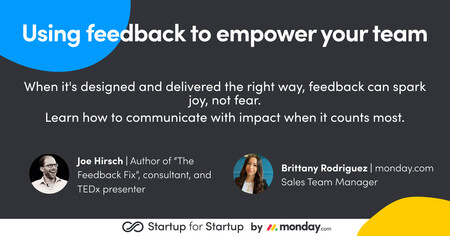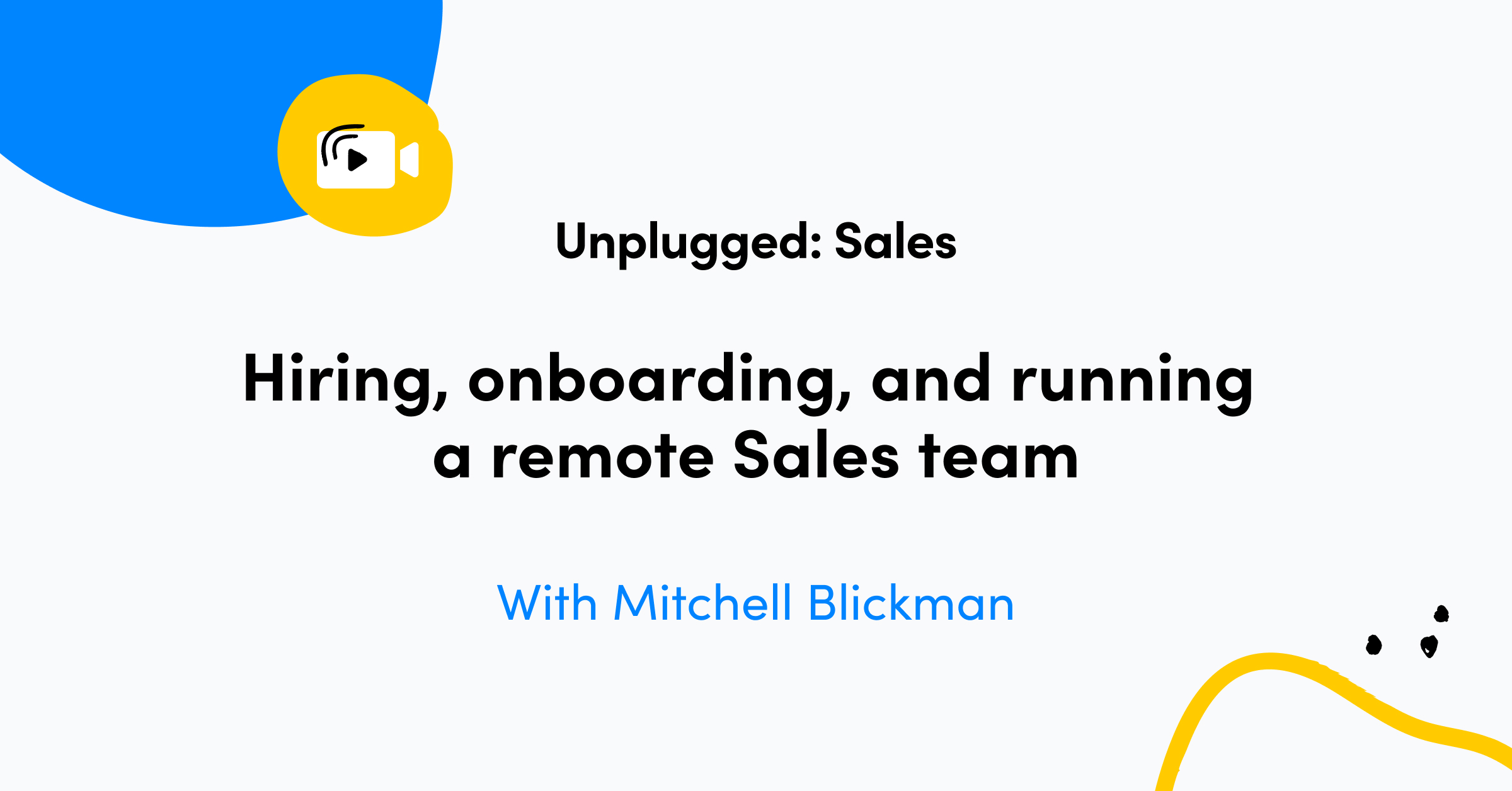If you are now one of those people who need, or want, to find a new job, do yourself a favor: Don’t be afraid to look at help-wanted ads. Especially if you already have many good years of experience behind you, it is highly likely to assume that the traditional process of resumes vs. help-wanted ads is limiting your thinking to a narrow space of job description and recognized profession. In this day and age of dynamic professions and positions, there are many more positions that require your competencies and experience than you can find looking for work in the traditional ways.
Your starting point should therefore be that you are unfamiliar with the entire arena of opportunities before you, that you don’t know where there are positions that need the skills you have, what these positions are called and how to reach them.
That is exactly why your job search now does not go through tailoring resumes, employment agencies, help-wanted ads and recognized positions. Work in the new world begins with a discussion that takes place in a room in which you are not present.
Someone asks someone else “Maybe you know someone who…” and you want your name to come up. So ask yourselves, who was in this room, what fields will be included and how will they know that I exist, that I should be recommended? The way to find work now runs through an ongoing learning process that simultaneously does two things: identifies places with the position that you may want and set up a meeting with you and the people who need to connect you to these positions, people whom you do not know, and they don’t know you.
How is this done?
Step 1: Resume of competencies and experience
First of all, start writing a resume, but in a different way. Instead of writing down the names of professions and positions, write under each such period the details of the abilities and experience you have gained. With this method you will very quickly see that your starting point predates your period of study and first job, you probably gained experience and abilities in activities in high school and the army or in national service. These are not resumes that are meant to be sent but to show you your professional self independently of the professional definition you are used to.
They will help you break away from your business card, not limit yourself to the definitions of the roles you have done, the organization you have worked for. They will help you see that you have a lot of assets, capabilities and experience, ones that go with you even on the day you leave the organization. You will not send this resume.
You also don’t need to get entangled with the feeling that this collection without the title of your professional identity does not necessarily crystallize into the title of a job ad role. it's not important. The aim is for you to understand your abilities and experience in a way that is ‘clean’ from job description and profession since the next thing we are going to do is look for who needs these types of people, and what they call it.
Step 2: Make a list
In contrast to what you heard in the past, this list is not for finding work. The people you know, those who appear in your initial list, will not help you find work, and definitely not in fields that are different from what currently defines you. Not because they don’t want to help but simply because if they recognize you and know that you are looking, they would have already told you if they had heard anything. They also think of you as highly likely as you perceive yourself, based on the roles you have performed. So if they connect you to this work it will be similar to what you have done so far.
This is not a problem but you are now trying to understand what other options are available to you. As such, this list that you are making is designed as a springboard to shift you from people you know to people you don’t know but need to know and need for them to know you.
Remember, there are positions and roles that need your abilities and experience but are called by other names, positions that you do not know and do not identify. Your goal, then, is to now meet people to teach you about these other worlds, where there is work that interests you, where you can bring value, where it is taking place and what it is called there. You go to these meetings to compile information, to map out your options, to understand what is causing you to want to hear more and what doesn’t work for you.
So make a list. Every time you record a name, record why they are there, in your list. They may know you in relation to your professional work. You don’t need to ‘explain’ to them who you are and what you can do. They may even have already made their way to you, left you or made a change that interests you. Or their name was brought before you because the field in which they work interests you, their work, the organization. You may have recorded them because they are sitting at a very interesting crossroad, know a lot of people or fields or work.
Step 3: Meetings
Initially, with anyone you know very well, perhaps with those who went down this road before you, who know you, who will understand where you are now, who do not require your explanations. Slowly, you will expand these circles that you may not have talked to for years, but something about where they are now is causing you to want to hear. And to tell them exactly this. Remember, you are not looking for work, you genuinely want to hear about the road they have taken, their location, their work.
You are not listening for a job opportunity but for something new, exciting, interesting, something that will cause you to tell about your experience, one that shows the value that you can bring to other worlds of occupation.
Your goal is to identify fields and people you want to meet, that the person sitting across from you can and who can connect with you. Let the conversation develop, you will see if there are places out there that make you want to hear more, or that the names of people you want to get to know will come up. And anyway, at some point the conversation will turn to you, to what you have done, to what you are looking for. And at this step you should know how to tell more than a role and a job, that you should know how to speak your total experience and abilities. Think about who is sitting in front of you, more important than what you want, it is important for them to understand what you can do for them or for those they know.
Step 4: Receiving referrals and meeting with new people
This is essentially your goal, to establish a connection with someone new. Remember, for the same place where someone will be looking for a reference about someone who can do what you do, you need for your name to be brought up by people who you may not even know. The idea in this process is that the starting point of your meetings, people you know, is not the end point.
In your conversations, the names of people who work in the fields related to the conversation that took place will come up and you should ask them to establish a connection that will allow you to meet those people, to hear more. Because your goal is to reach circles that are different from the ones you started with, ones that are involved in work that interests you, that you may not even know existed, that are referred to by names that differ from the way you defined yourself professionally but ones that you nevertheless recognize are compatible with your abilities and experience.
These connections, at least during the initial rounds, are the most important product of your sessions. You are now ready to meet with people you do not know but who work in a field that interests you and may connect you to other people you do not know in ever expanding circles.
These meetings must be addressed with the same level of seriousness that you would assign to a job interview. Learn about the person, the company, the field everything you can before the meeting so that you will not ask questions that you can answer off Google. If you are now in a world of content that is new to you, study it, study its terminology, its challenges so that you can discuss your abilities and experience from the perspective of the person sitting across from you.
Get going. At first it may feel unnatural, especially if you do not feel comfortable in pointless conversations or in conversations with people you do not know. Because you have a purpose, to learn about new worlds, to become familiar with areas that you did not know, work that interests you and to which you can bring value. The first steps are the most difficult but after you undergo them you will begin to know the right words to use to discuss your experience, around the worlds that interest you.
And no less important, it's time to demonstrate openness and flexibility, particularly around thinking. Understand there are different forms of work and one is not required to select one or make a decision in advance. The picture will clear up and the opportunity will come. Good luck.














